On October 16, Academician Gang Zhao from the National Astronomical Observatories of the Chinese Academy of Sciences (NAOC) was invited to visit Tsung-Dao Lee Institute (TDLI) and delivered the 28th T. D. Lee Colloquium entitled “Searching for the very massive first stars”. Director of TDLI, Academician Jie Zhang, deputy director, Professor Xiaohu Yang, and Chair Professor Xiaogang He and Dong Lai, along with over 40 students, postdocs, and faculty members. The colloquium was chaired by Academician Jie Zhang.
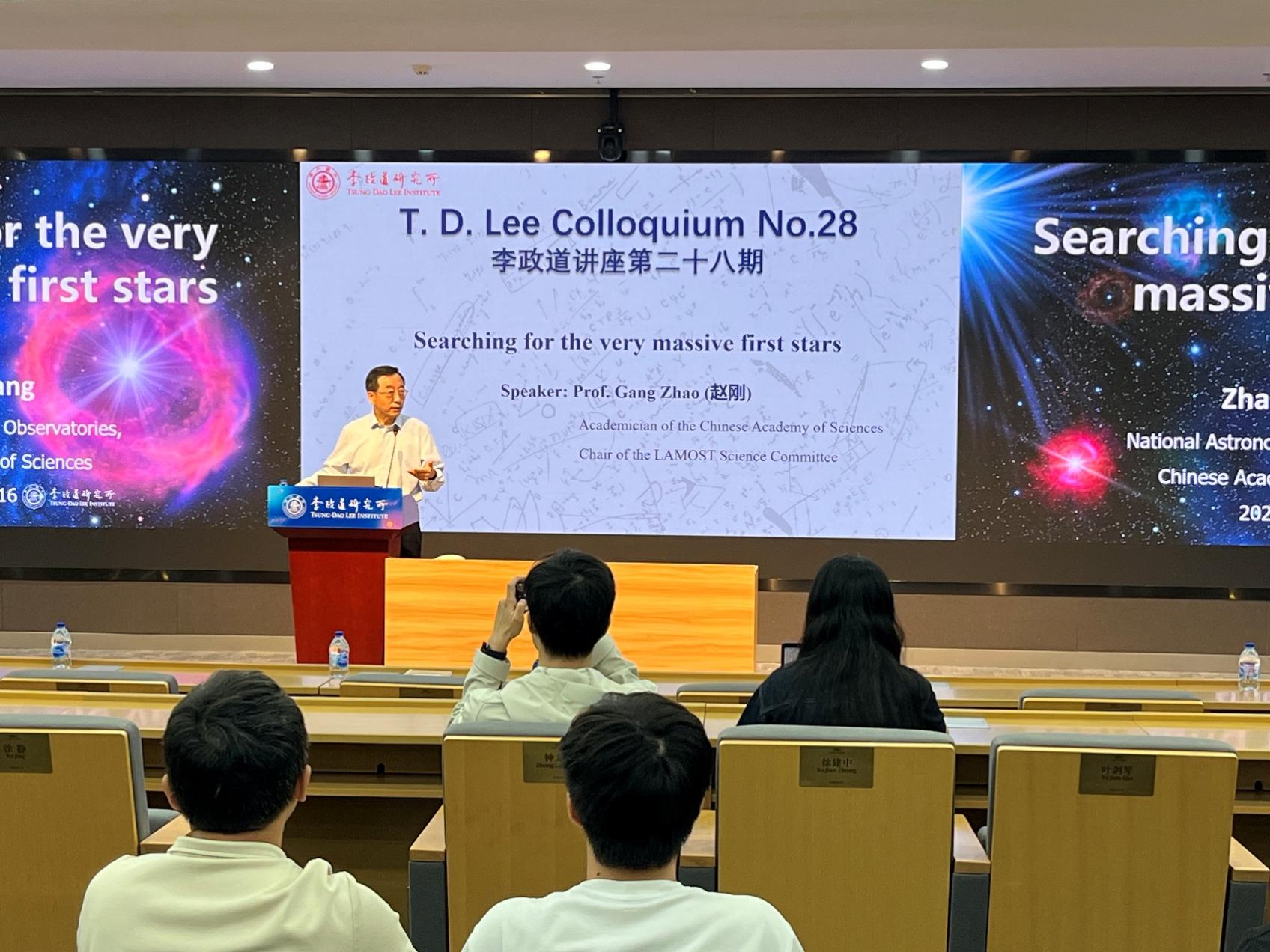
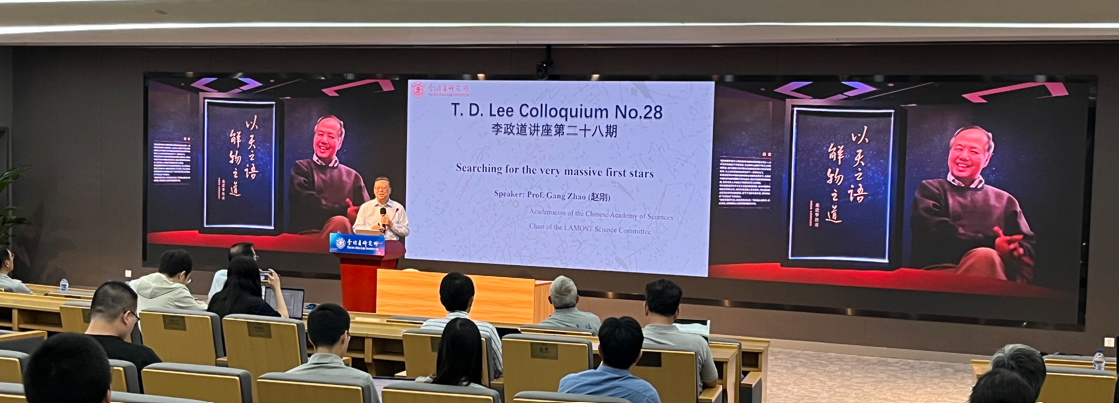
Zhao Gang began by recalling the profound connection between Professor Tsung-Dao Lee and astronomical research, as well as his historic contributions to the development of astronomy in China. He then took the current astrophysics frontier topic—"the search for Population III (Pop III) stars"—as a starting point, systematically elaborating on the scientific significance of the universe's first stars. This included their possible mass range, their role in constraining the initial mass function (IMF), and their crucial position in driving early cosmic chemical enrichment. Zhao further introduced methods for tracing these early stars, focusing on theoretical evolutionary results and detection techniques for the first observable supermassive stars. Two types of supernova models are used to predict the final evolutionary outcomes of these first stars: Pair-Instability Supernovae (PISN) and Core-Collapse Supernovae (CCSN).
In terms of observational research, Zhao detailed work based on spectroscopic data from China's Large Sky Area Multi-Object Fiber Spectroscopic Telescope (LAMOST), specifically the systematic search for low-α abundance stars through analysis of Mg/Fe line ratios. Leveraging LAMOST's powerful spectroscopic survey capabilities, the research team has identified numerous low-α abundance star candidates and conducted follow-up high-resolution spectroscopic observations of several representative targets. For instance, the chemical characteristics of the high Mg/Fe ratio star J1124+4535 in the Milky Way suggest it may have originated in a dwarf galaxy before merging into our Galaxy. Meanwhile, the chemical abundance pattern of another low-α abundance star, J1010-2358, shows strong consistency with PISN theoretical models. Further analysis indicates that the material in this star primarily originated from a first-generation supermassive star with a mass approximately 260 times that of the Sun. This discovery provides key observational evidence supporting the theory that early stars could reach masses several hundred times that of the Sun, revealing the critical role of pair-instability supernovae in early cosmic chemical evolution. It holds significant scientific value for understanding element origins, stellar formation history, and galactic chemical evolution in the early universe. Finally, Zhao outlooked the future potential of LAMOST in searching for low-α abundance stars, predicting that approximately 5,000 similar celestial objects will be detected, opening new windows for exploring early universe star formation and evolution.
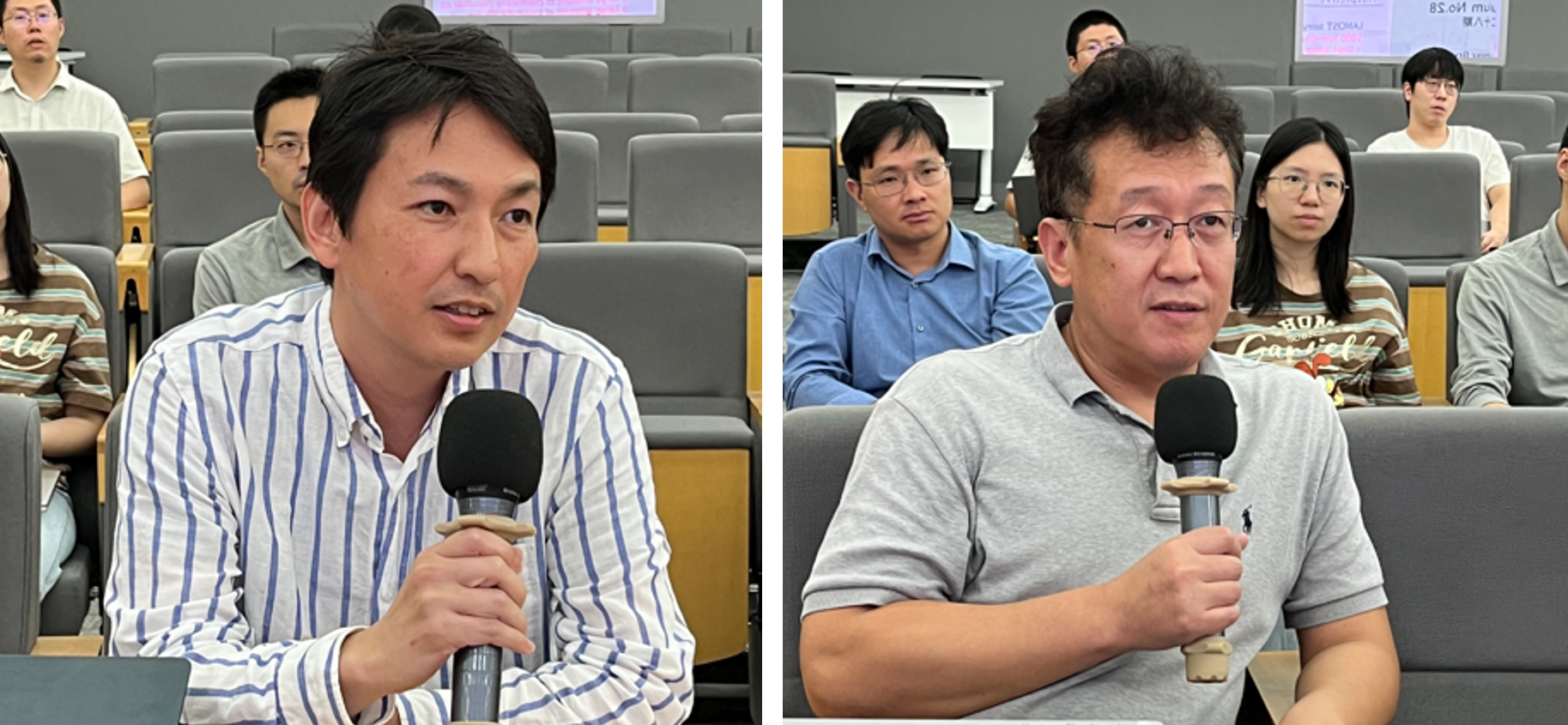
During the Q&A session, faculty and students actively raised questions, addressing various aspects such as the physical definition, scientific significance, practical implications, and future observational approaches regarding the first supermassive stars. Zhao Gang provided insightful and accessible answers to each inquiry.
To conclude the event, Academician Jie Zhang presented Academician Gang Zhao with a commemorative certificate and a customized cartoon portrait on behalf of TDLI, thanking him for sharing his impactful research and inspiring the institute’s academic community.
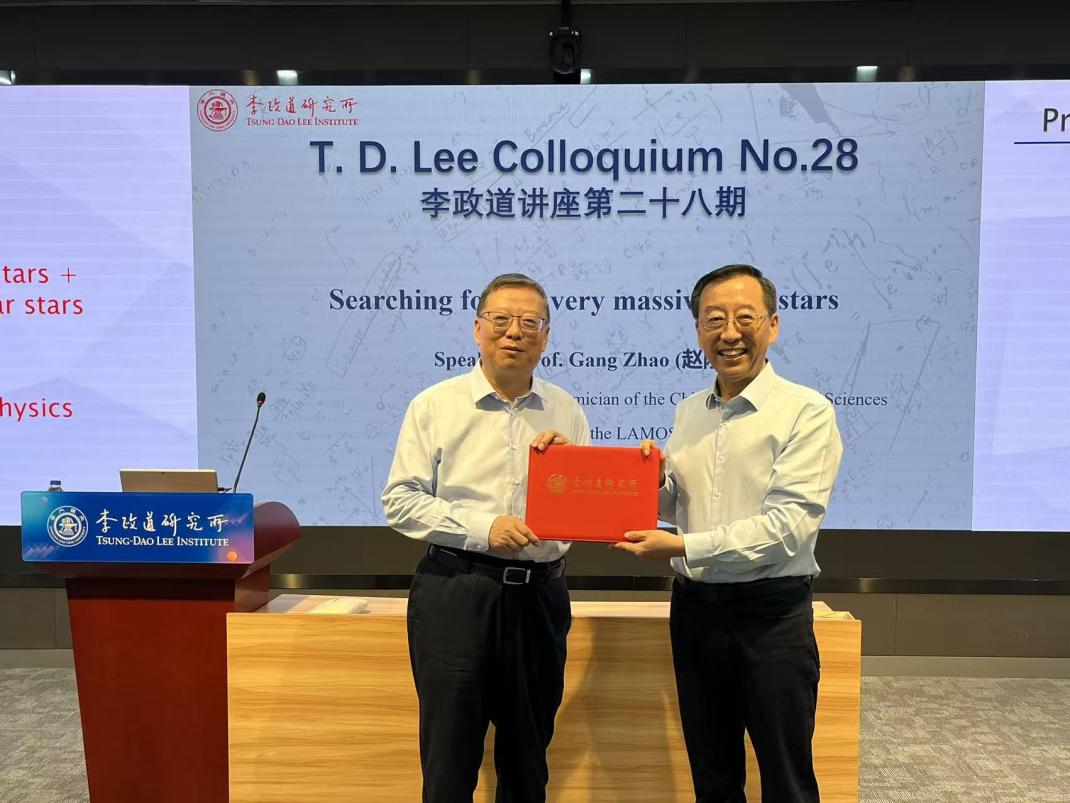
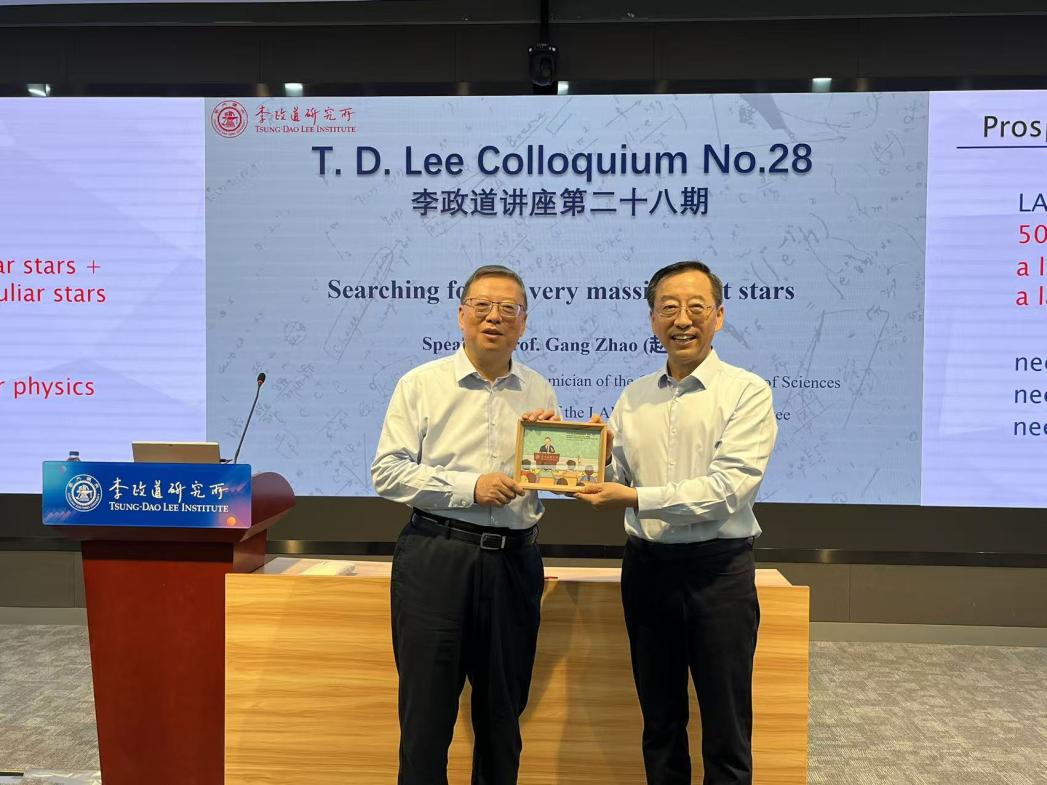
Bio of Academician Gang Zhao
Gang Zhao is Academician of the Chinese Academy of Sciences (CAS) and Professor at the National Astronomical Observatories, CAS. He currently serves as the Chair of the LAMOST Science Committee. He has received numerous prestigious awards, including the China Youth Scientist Award, the Science and Technology Progress Award of Ho Leung Ho Lee Foundation, and the CAS Outstanding Science and Technology Achievement Prize etc. He is currently the principal investigator of the Excellence Research Project of the National Natural Science Foundation of China. Prof. Zhao’s research fields are related to the stellar spectroscopic analysis, exoplanets, the formation and evolution of the Milky Way, and laboratory astrophysics. His work has been recognized many times as China's Top Ten Astronomical Advances of the Year. His research on exploring the chemical evolution of the Milky Way through stellar abundances was honored with the Second Prize of the National Natural Science Award.
Editor on Duty: Yan Cheng

